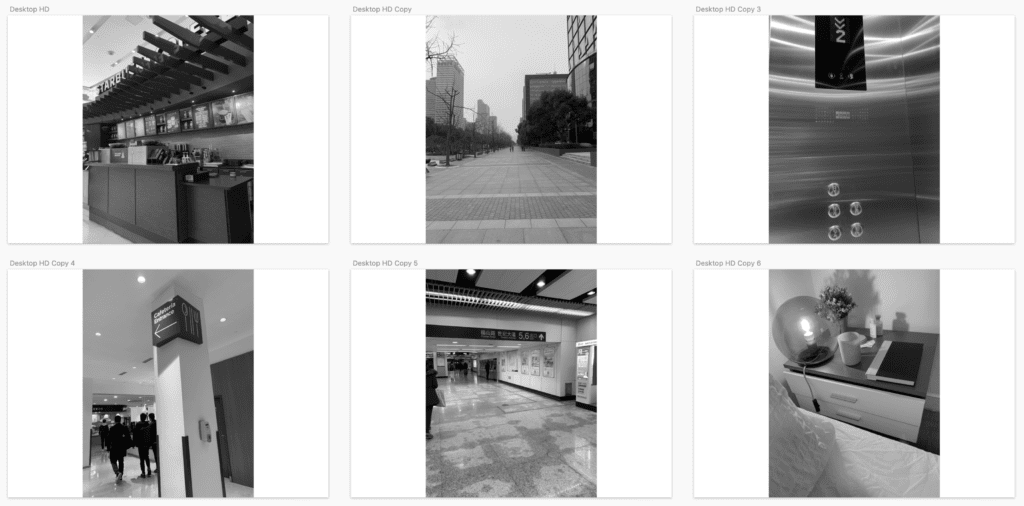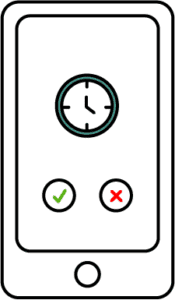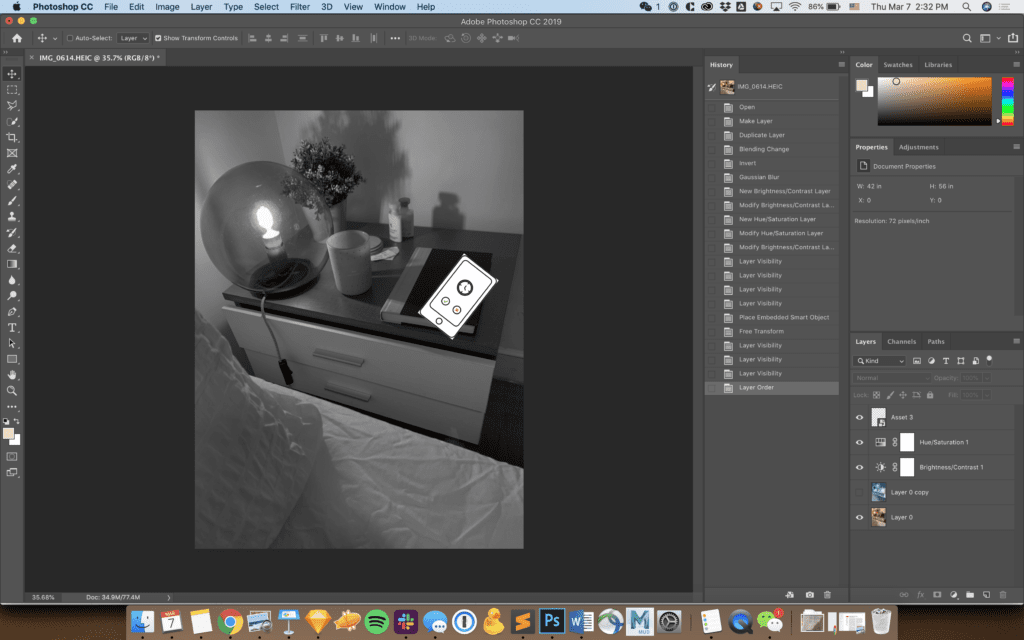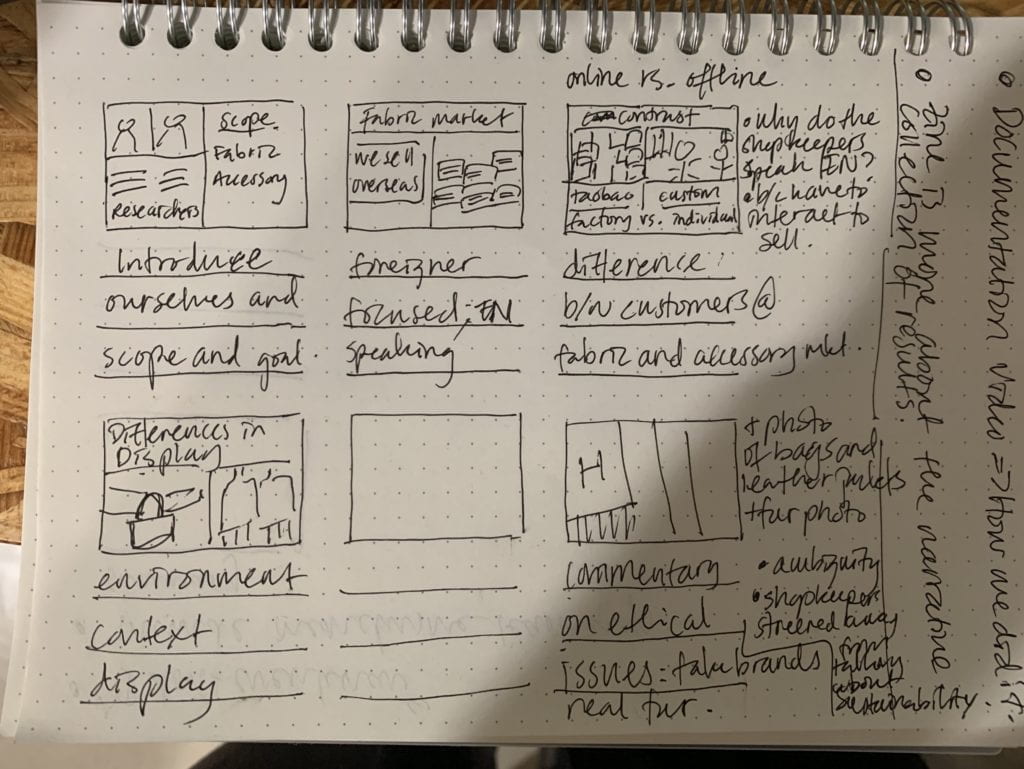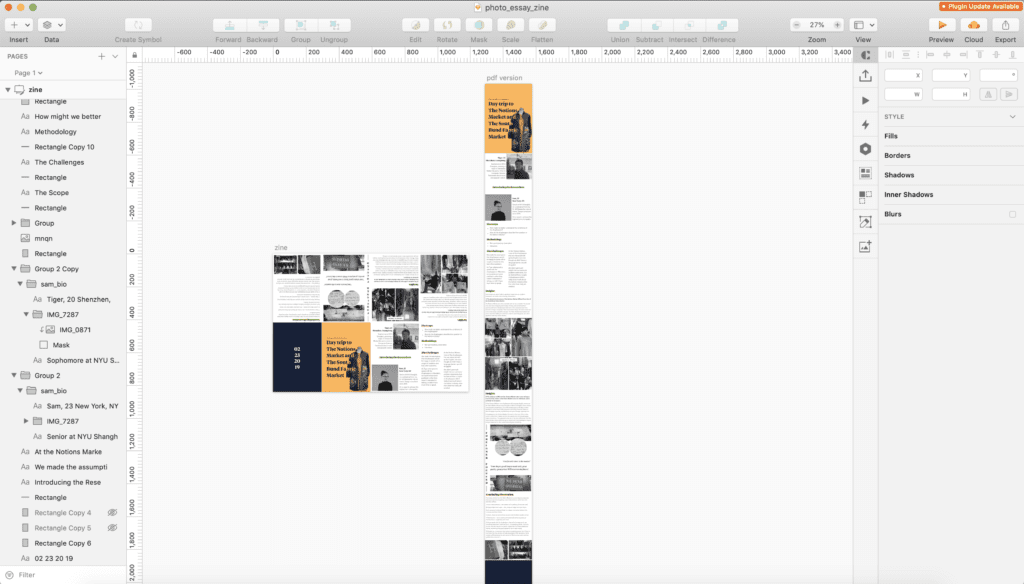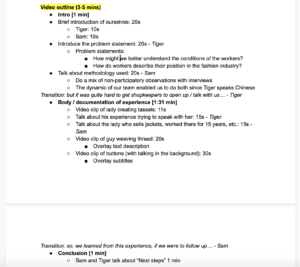I like that Hethorn applied design thinking to the fashion industry. This is a methodology that we passionately practice at Intent (as I am sure many other companies also do). Though it might seem obvious, it actually hadn’t occurred to me that the Fashion industry is quite the opposite of user-friendly. As Hethorn touches upon, it is tough to find pieces that are both comfortable and stylish, and on top of that, it is hard to find clothes that actually fit!
On page 67, Hethorn discusses how we might use body scanning and 3D visualization to “provide designers with a new approach for creating the shapes necessary for real bodies. This made me think of how cool it would be to walk into a store, have your body scanned, and get clothes that are custom tailored to you. You might say, “but I can already do that offline at the fabric market”? This is true, however, imagine being able to visualize the clothes on your body in a detailed, precise 3d visualization?! That removes the ambiguity that we are faced with today when buying clothes from the fabric market. You might see some of the vendor’s samples lying around, but you have no idea what your piece is going to look like until you pick it up. So, once you have had your body scanned, then–imagine–you can go to that brand’s website, create an account, and browse other products with your 3d model as the model. Perhaps you can even alter your dimensions as your body changes. This way, less fabric is waster and, hopefully, consumers have a deeper connection to their clothes because they are especially made for them.
I also agree with Hethorn’s suggestion that manufacturers could set “a system of direct feedback from the consumer” (73). As a UX researcher who brings users into the building on a weekly basis for feedback on our products as we design and iterate upon — come to think of it — it is actually insane that most fashion brands do not do this. As Hethorn mentions, “people who use your designs have intimate knowledge of fit, feel, sizing, and performance. This is useful. Tap into it. A sustainable fashion process requires open communication” (73).
